Coca-Cola is eyeing total drinks category domination. Its Hellenic Bottling Company (HBC) – which covers Northern Ireland, the Republic of Ireland, Italy and Switzerland – has acquired the Finlandia vodka brand from a subsidiary of Brown-Forman for $220m (£172m) this week.
Of course it’s one of the Coca-Cola Company’s bottling partners that has made the acquisition, rather than the mothership, but it’s a further sign surely of Coca-Cola’s long-term goal to be a “total beverage company”, a strategy which has seen it pivot into coffee and alcohol.
On the coffee side the main vehicle has been the acquisition of Costa Coffee from Whitbread in a £3.9bn deal in 2018, from which it ramped up innovation via its vending and RTD products.
The move into alcohol has been more complex. Coca-Cola first tried its luck with the launch of Lemon-Dou in Japan in 2018. This was followed by the rollout of Topo Chico hard seltzer in Latin America and Schweppes premixed cocktails in Brazil in 2020.
Further alcohol innovations promised in 2023
Three more alcoholic drinks – Simply Spiked Lemonade, Fresca Mixed and co-branded Jack Daniel’s and cola RTDs – hit the US market in 2022. And further alcoholic innovations are promised for 2023.
There is even scope for Coca-Cola to venture into alcohol-adjacent snacks – it applied to register the name ‘Snacktail’ as a trademark with the International Property Office (IPO) in 2022, under classes covering meat, dried fruits and confectionery.
The sheer variety of launches demonstrate its ambition in drinks. But are these alcoholic beverages a brand stretch too far?
Certainly not all Coca-Cola’s alcohol launches have been successful. Take Topo Chico, which came to the UK in late 2020, on the back of the hard seltzer boom in the US. The brand has struggled in UK grocery, and saw value sales fall by 62% to £781.9k in the year to 22 April 2023, according to NIQ data.
And Coca-Cola need only look at the woes of other fmcg giants launching into new categories as a cautionary tale. Heinz, for instance, launched Beanz Protein Pots in early 2021 as part of its ‘Beanz Liberation Exercise’ push to recruit new and younger shoppers. However, the pots made just £143k in the 12 months since and had disappeared from sale by the beginning of 2022. There will surely be further casualties in this diversification.
Jack Daniel’s RTD is a good bet
The most effective innovations are those that play to a brand’s strengths: this is why the co-branded Jack Daniel’s RTDs are likely to perform better than Topo Chico. According to Elaine Maher, associate director of Coca-Cola’s UK bottler (Coca-Cola Europacific Partners), consumer testing revealed shoppers were “more likely to pick up the new Coca-Cola co-branded Jack Daniel’s RTD SKU” than the original whiskey and cola cans they replaced in the UK. Value sales of the whiskey brand’s cola RTDs reached £41.3m in the last year – pointing to a multimillion-pound opportunity [NIQ 52 w/e 22 April 2023].
A similar brand tie-up with Finlandia could be a boon for Coca-Cola – vodka and coke is a classic drink. Like Jack Daniel’s, it’s a Brown-Forman brand with a well-established position in the spirits category. It’s been on the market for more than 50 years and was the first Nordic vodka brand to be imported into the US.
So, perhaps a Finlandia & Coke RTD might be the next logical innovation for Coca-Cola. Other classic combinations, such as whiskey and cola, could lead to other spirits brand buyouts in the future. The jury’s still out on meaty Snacktail…




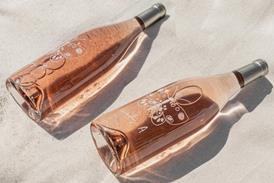


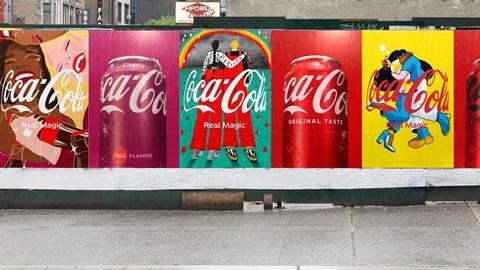
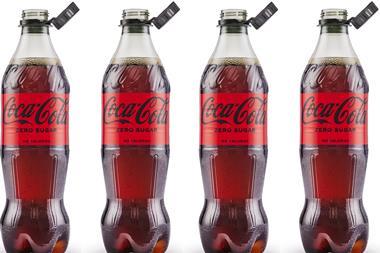







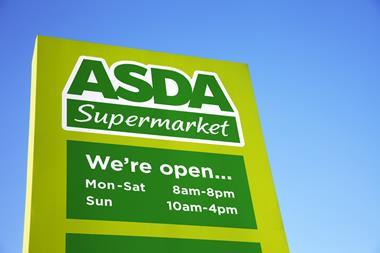
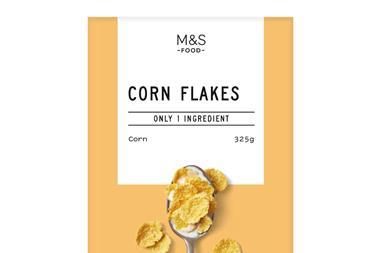
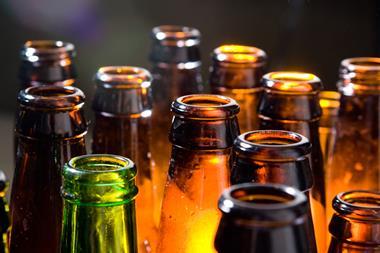

No comments yet